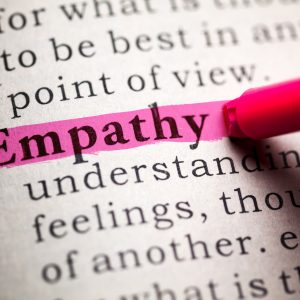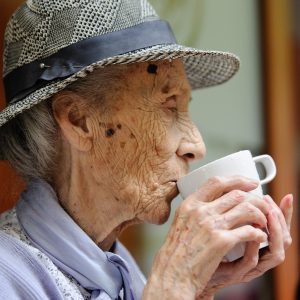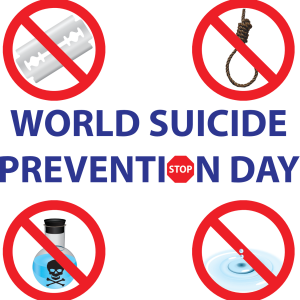The Depression-Dementia Link and What Caregivers Need to Know
Far too often I talk to family caregivers who are concerned about their loved one's cognitive decline. It is not uncommon to hear such explanations go something like this:
Posts about:

Far too often I talk to family caregivers who are concerned about their loved one's cognitive decline. It is not uncommon to hear such explanations go something like this:

We have a family caregiving tsunami whose tidal waves are affecting every corner of our society. I venture to say that most communities are not prepared for the domino effects of a fast-aging population let along to provide support to their families that are scrambling to stay above water - emotionally, physically and financially.

What would life be like if you stepped into the world of a resident in long-term care? Perhaps it would awaken us to the fact that they see things much differently than we do. Maybe it would make us understand their experiences, challenges, and thought processes. Do you think that we might be more empathetic? Gosh, I hope so.

Until a miracle cure is found to stop, reverse or drastically slow down the aging process, the news flash of the day is that we will all leave this earth someday. In our anti-aging driven society of wrinkle reducers and body re-shaping, the fact is that all of us are, shall I say it - AGING! The question is not that we are aging, but can we age well through the challenges of aging?

Quite simply, the definition of personhood is the quality or condition of being an individual person. At the core of personhood is the self- who we are are, our values and beliefs. It's who makes us who we are. Being able to recognize the "self" of personhood is key to understanding and practicing person-centered care for persons living with dementia.

It the first sense to develop in the womb and one of the last ones to go during the dying process.

September is National Suicide Prevention Month. This year, World Suicide Prevention Day will be observed on September 10. The following information will help readers understand risk factors and warning signs of suicide in older adults.